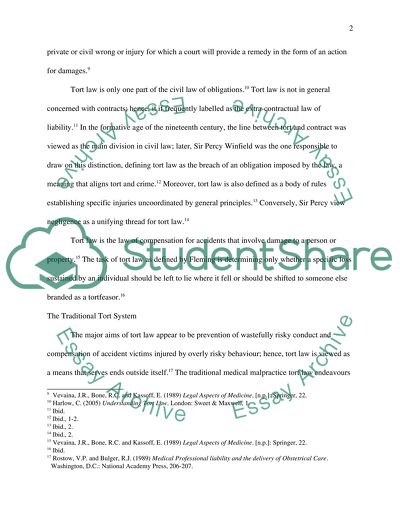Cite this document
(“The law of tort: an analysis Essay Example | Topics and Well Written Essays - 1250 words”, n.d.)
Retrieved from https://studentshare.org/law/1394211-the-law-of-tort-an-analysis
Retrieved from https://studentshare.org/law/1394211-the-law-of-tort-an-analysis
(The Law of Tort: An Analysis Essay Example | Topics and Well Written Essays - 1250 Words)
https://studentshare.org/law/1394211-the-law-of-tort-an-analysis.
https://studentshare.org/law/1394211-the-law-of-tort-an-analysis.
“The Law of Tort: An Analysis Essay Example | Topics and Well Written Essays - 1250 Words”, n.d. https://studentshare.org/law/1394211-the-law-of-tort-an-analysis.


